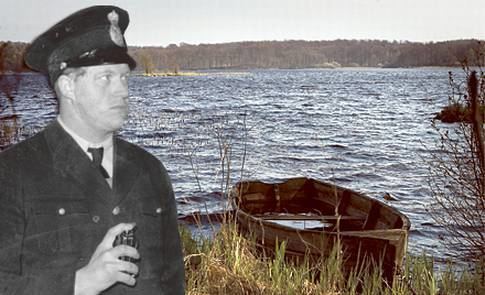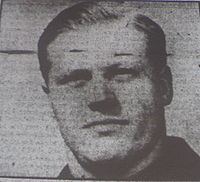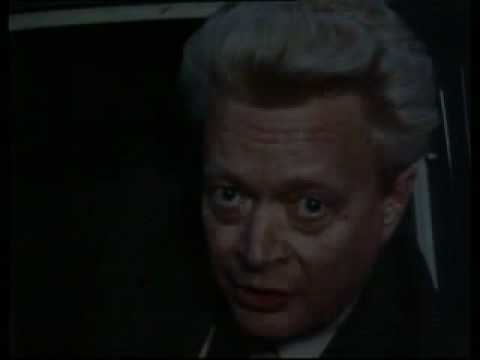Name Tore Hedin | ||
 | ||
Spouse(s) Ulla Ostberg (ex girlfriend) Parent(s) Per Alfred Hedin and Hulda Marie Hedin Date 22 August 195200.00–ca 01.00 a.m Location(s) Kvarlov and Hurva, Scania | ||
Cause of death Suicide (drowning) Occupation Police officer (Fired) | ||
Storytel original sveriges varsta massmordare gatan tore hedin boktrailer
Tore Hedin (7 January 1927 – 22 August 1952) was a Swedish mass murderer, spree killer and police officer. The act perpetrated by Hedin, commonly known as Hurvamorden, is infamous for being the worst known act of spree killing in Swedish criminal history. The case remains infamous as well since Hedin, as a police officer, was for an extended period assigned to investigate his own murders.
Contents
- Storytel original sveriges varsta massmordare gatan tore hedin boktrailer
- First crimes
- Killing spree
- Victims
- References

First crimes
Hedin was born in Stora Harrie, near Kävlinge. He committed his first crime in September, 1943, when he broke into a local brewery near his parental home to steal some oats. To avoid detection, he then burned down the brewery to hide his crime; this was a method he used later to cover his tracks when he committed far more serious crimes.

On 28 November 1951 he robbed and murdered his friend John Allan Nilsson after a poker game at Nilsson’s home in Tjörnarp. To cover his tracks, he burned down the crime scene. Being the local police representative, he took part in the investigation and even answered questions from the national media concerning the case.
Killing spree

In the summer of 1952, Ulla Östberg, his girlfriend, broke off their engagement. Infuriated, Hedin assaulted her with handcuffs, and threatened to kill her with his pistol. He was subsequently fired for this incident, along with reportedly stealing towels from the local hospital. On the night of August 21, 1952, he went on a killing spree after Ulla Östberg refused to take him back again after numerous attempts to win her over. His first stop was his parents house in Saxtorp, where he killed them both and set the house on fire sometime before midnight.
Thirty minutes later he arrived at the retirement home in Hurva, where his ex-girlfriend worked and lived. He climbed a fire escape and entered the room where Östberg usually slept. This night however, she was not sleeping there, but in the room of Agnes Lundin, the matron. He discovered this, entered the room and killed them both with an axe. After killing Östberg and Lundin, he blocked the entrance to the retirement home and set it on fire. Four elderly people died in the flames, with a fifth dying some days later from severe burns.
It is unclear at what point he decided to take his own life. The police had realised by now that Hedin was behind the killings and had started a manhunt. They found his car parked near a cabin by a lake. In the front seat was a suicide note, his jacket and his wallet. The suicide note contained a full confession of all crimes he committed. He claimed he was only good at one thing, tracking other criminals. It ended with his name, occupation (murderer), whereabouts (unknown) and an explanation as to why he had killed his parents — so that they would not have to suffer for his crimes. Somewhat later his weighted-down body was found in Brösarp lake near Skåne County, where he had drowned himself.
Hedin's corpse was transported to the Institution of Anatomy at Lund University. It was stored at the institution until 1974, when it was cremated.
